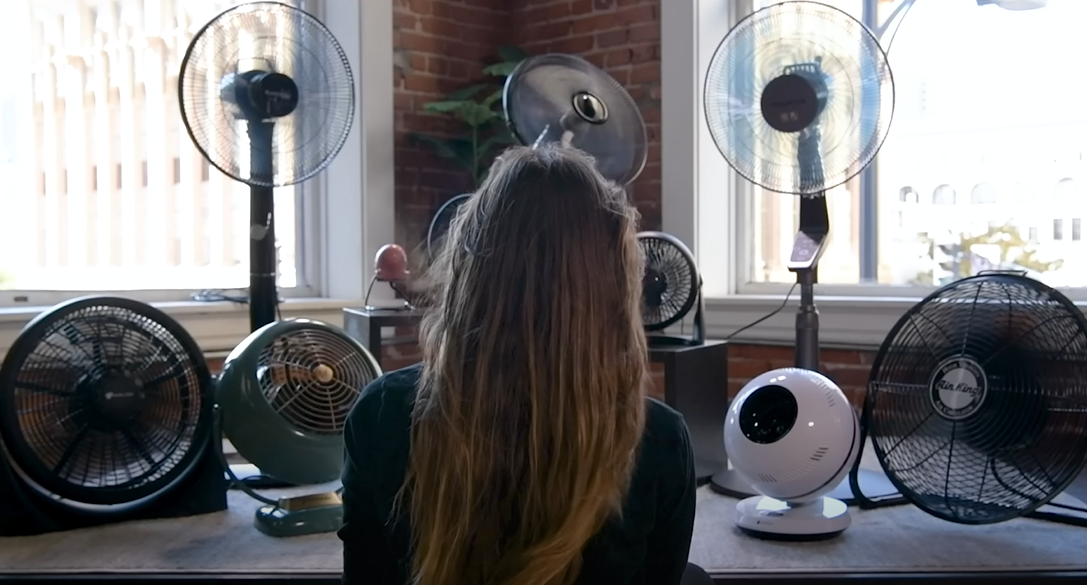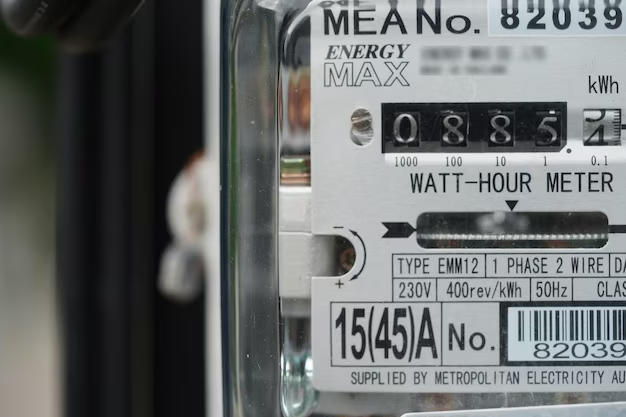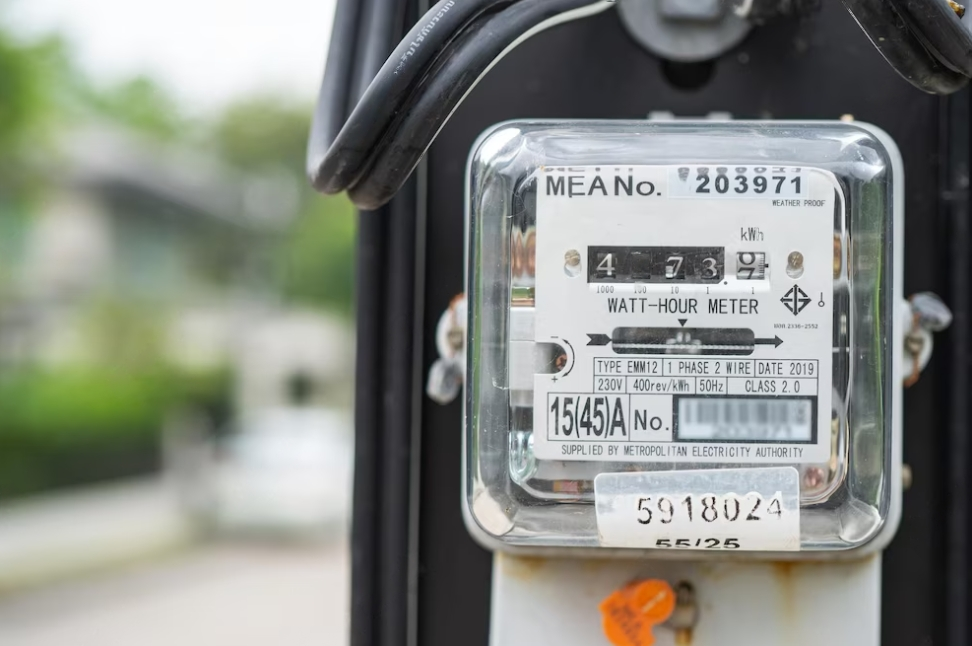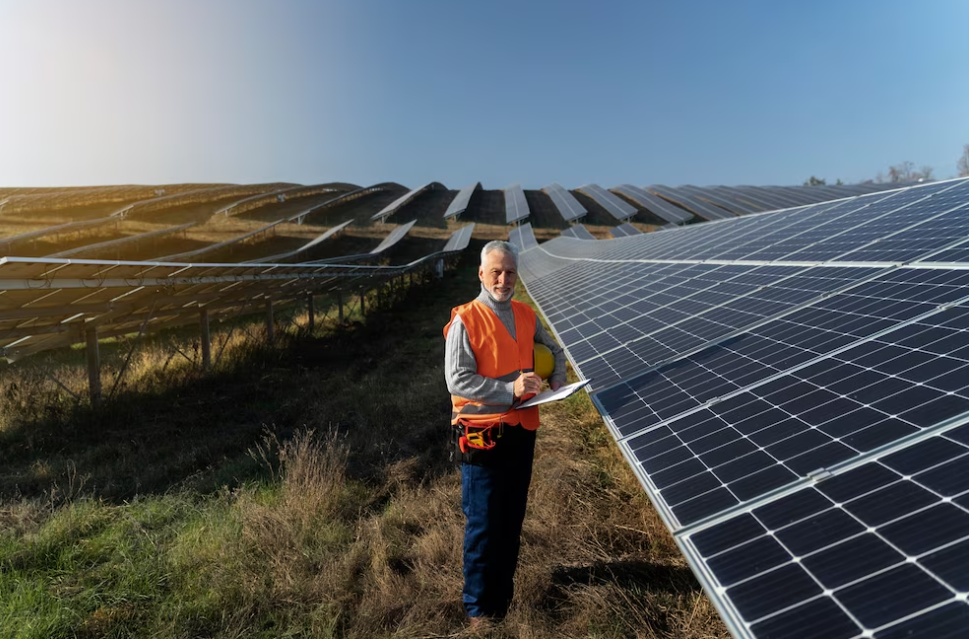Wattage is the unit of power that describes the rate of energy conversion or transfer. In relation to fans, wattage indicates the amount of electrical power required for operation. When the wattage is higher, the fan uses more electricity per unit time, thereby increasing energy costs. Fan wattage gives consumers a clear indication of the fan’s potential impact on their electricity bills.
The Science Behind Wattage
Energy is a fundamental concept in physics and is intimately related to how work is done. In electrical systems, power (measured in watts) is the rate at which energy is transferred or converted. When an electrical device, such as a fan, is in operation, it transfers or converts electrical energy into mechanical energy (and some heat) at a rate indicated by its wattage.
Understanding the implications of power and energy is important in the context of electrical appliances. High power (wattage) devices consume energy at a high rate, which can lead to increased electricity costs. This is why devices with lower wattages are often advertised as being energy efficient, as they perform the same amount of work but consume less energy over time.
Units of Power: Watts
The watt (W) is the standard unit of power and is named after James Watt, a Scottish engineer who made significant contributions to the development of the steam engine. One watt is defined as the rate at which one joule of energy is transferred or converted per second. In simpler terms, it measures the amount of energy used or produced in a given amount of time.
Below is a table showcasing the common power ratings of various household fans:
| Type of Fan | Power Rating (Watts) |
|---|---|
| Ceiling Fan | 10 – 75 |
| Pedestal Fan | 30 – 100 |
| Tower Fan | 30 – 60 |
| Box Fan | 40 – 200 |
| Exhaust Fan | 15 – 50 |
| Table Fan | 20 – 60 |
| Wall-Mounted Fan | 30 – 80 |
Please note that the power ratings listed above are approximate and may vary depending on the specific model and manufacturer.
Factors Influencing Fan Wattage

Fan wattage is influenced by several factors that can either increase or decrease the amount of power a fan consumes. Here’s a detailed look at each of these elements.
Type of Fan
The design and functionality of a fan type largely influence its power consumption. For instance, the power requirement of a ceiling fan and a table fan can significantly vary due to differences in their design and operation. Generally, ceiling fans consume between 60-75 watts, while table fans usually require 40-75 watts.
Fan Speed
Fan speed settings can greatly affect power consumption. High-speed settings often require more power as the fan has to work harder to rotate the blades faster. Therefore, running a fan at its highest speed setting will consume more energy than using it at a lower speed.
Size of the Fan
Larger fans, due to their increased blade span and motor size, often require more power to operate efficiently. For example, a large industrial fan can consume up to 500 watts, while a small desk fan may only need about 10-25 watts.
Features of the Fan
Modern fans come with a range of additional features such as remote controls, timers, multiple speed settings, and oscillation capabilities. Each of these features, when utilized, adds to the total power consumption of the fan, thereby increasing its wattage.
Energy Efficiency
Certain fans are specifically designed to be energy efficient. These models are engineered to provide optimal airflow and cooling while minimizing power consumption. Energy-efficient fans often have a lower wattage than standard models but still provide excellent performance.
Estimating the Cost of Operating a Fan

Step 1: Determine the wattage of the fan
The first step in calculating the cost of operating a fan is to determine its wattage. The wattage indicates the amount of power a fan uses. This information can typically be found in the fan’s specifications or on its label.
Step 2: Calculate the Kilowatt-Hours (kWh) used by the fan
After determining the wattage, you need to calculate how many kilowatt-hours (kWh) the fan uses.
- Kilowatt-hour is a unit of energy that electric companies use to measure power consumption;
- To calculate this, you multiply the wattage of the fan by the number of hours you use the fan, then divide by 1000 (since 1 kWh equals 1000 watts used for one hour).
This can be represented by the formula:
- kWh = (Wattage x Hours Used) ÷ 1000.
Step 3: Determine the cost of electricity per kWh
Next, you need to find out how much your electricity provider charges per kWh. This information can typically be found on your electricity bill.
Step 4: Calculate the cost of operating the fan
Finally, to calculate the cost of operating the fan, you multiply the kWh used by the fan by the cost of electricity per kWh.
This can be represented by the formula:
- Cost = kWh x Cost per kWh.
As a result, the complete formula for calculating the cost of operating a fan is:
- Cost = [(Wattage x Hours Used) ÷ 1000] x Cost per kWh.
Now, let’s break down this calculation with an example.
Assume that your fan has a power rating of 75 watts, you run it for 8 hours a day, and your electricity cost is $0.12 per kWh.
| Component | Value |
|---|---|
| Wattage | 75 watts |
| Hours Used | 8 hours/day |
| Cost per kWh | $0.12 |
First, calculate the kWh used by the fan:
- kWh = (75W x 8h) ÷ 1000 = 0.6 kWh.
Then, calculate the cost of operating the fan per day:
- Cost = 0.6 kWh x $0.12/kWh = $0.072/day.
Therefore, operating this fan for 8 hours a day costs approximately $0.072 per day.
Popular Fan Types and Their Typical Wattage
Different types of fans have different power requirements. Here is a detailed description of popular fan types and their typical wattage ranges.
| Fan Type | Description | Power Consumption (Watts) |
|---|---|---|
| Ceiling Fans | Permanently installed on the ceiling of a room, circulates air downwards. | 60 – 75 |
| Table Fans | Compact and portable, suitable for small rooms, provide direct airflow. | 40 – 75 |
| Pedestal Fans | Standing on a tall mount, ideal for larger areas, provides airflow from a corner. | 50 – 75 |
| Tower Fans | Slim and compact design, provide excellent airflow while occupying less space. | 40 – 100 |
| Window Fans | Designed to fit in window frames, pull fresh air from outside or expel stale air from indoors. | 35 – 100 |
| Industrial Fans | For large commercial spaces, have high power consumption due to their size and capacity. | Up to 500 |
Conclusion
The wattage of a fan is a critical factor that dictates its power consumption and impacts the operational cost. Understanding fan wattage is, therefore, essential in making informed purchasing decisions and optimizing energy usage. It’s an indispensable aspect to consider, in addition to the fan’s price, size, and features, when acquiring a new fan.
FAQ
Smaller fans like table fans or personal fans tend to use less power, typically between 10 and 25 watts.
Generally, a fan won’t consume more power than its listed wattage under normal operating conditions. However, factors such as voltage fluctuations or mechanical faults can cause a temporary increase in power consumption.
Energy-efficient fans use advanced design principles and materials to move the maximum amount of air using the least amount of energy. This involves improving the efficiency of the motor and optimizing the design of the blades for better aerodynamics.
Fans, in general, consume significantly less power than air conditioners, making them a cost-effective cooling solution for mild to moderately hot weather. However, in extreme heat, an air conditioner may be more effective despite its higher power consumption.








